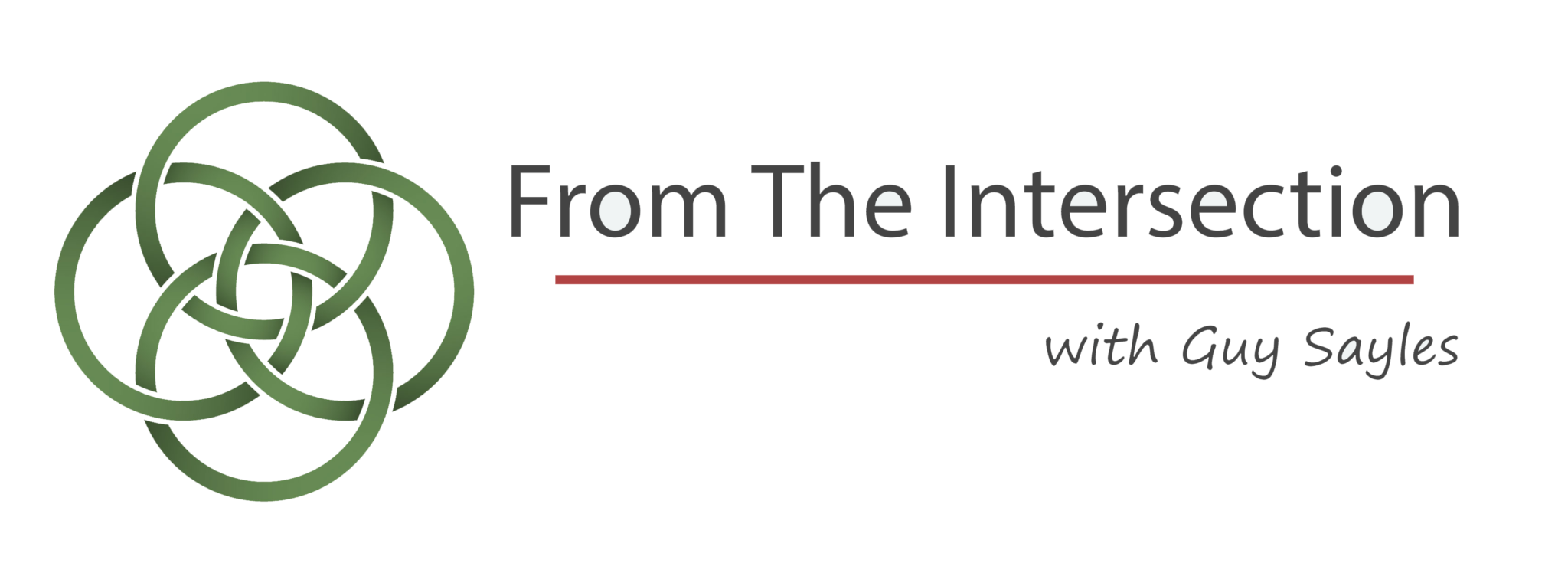In the Sermon on the Mount, Jesus offered two metaphors for the church on mission—two ways the church can manifest his presence: as “the salt of the earth” and as “a city set on a hill.”
As “salt of the earth,” the church is on mission by way of involvement. Salt only does its job when it is mixed in with other ingredients. The salt metaphor speaks of our “being with.” This is the way of Mother Theresa, who lived among the poor, offering her presence and her love. This is the way of the business person who lives-out his or faith with integrity in the workplace. It is the way of any Christian who is “in the world” without losing his or her distinctive identity as a follower of Jesus Christ.
In Jesus’ time, salt worked as a preservative, and the church is a preserving presence in the world. It serves to prevent the decay and deterioration of culture by sharing the healing, redemptive, and restorative gospel of Jesus Christ.
As “a city set on a hill,” the church manifests the presence and power of Jesus Christ by serving as an alternative community. It provides a contrast to the cities in the valley. It is city of light that shines in the darkness, shining with the brightness of another way. This is the way of the desert monastics, the earliest fathers and mothers of the church, who withdrew from the cities of the Roman empire to the wilderness of Egypt in order to keep the faith pure and vital. It is the way of Clarence Jordan, who, in 1942, started Koinonia Farm in Americus, GA; this integrated and communal farm showed the racist south that blacks and whites could live and work together in Christian peace. It is the way of any Christian community which feels called to withdraw from the world for the sake of the world.
Stanley Hauerwas and William Willimon, in their book Resident Aliens said: “The most creative social strategy we have to offer is the church. Here we show the world a manner of life the world can never achieve through social coercion or governmental action. We serve the world by showing it something that is not, namely a place where God is forming a family out of strangers” (p.83). We serve the world, likewise, by showing it what the “city of God” looks like, in contrast to the cities of human making.
Discover more from From The Intersection
Subscribe to get the latest posts sent to your email.


Recent Comments